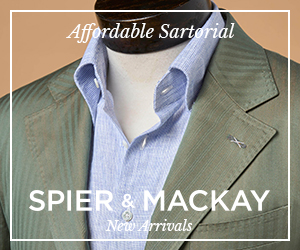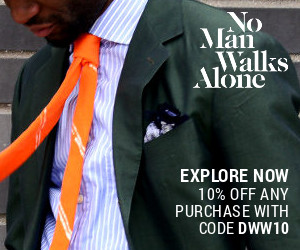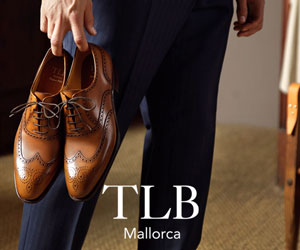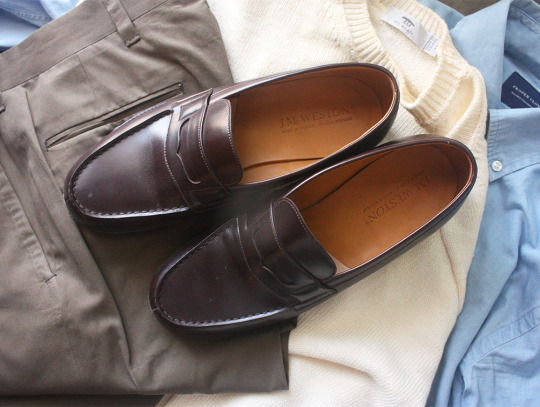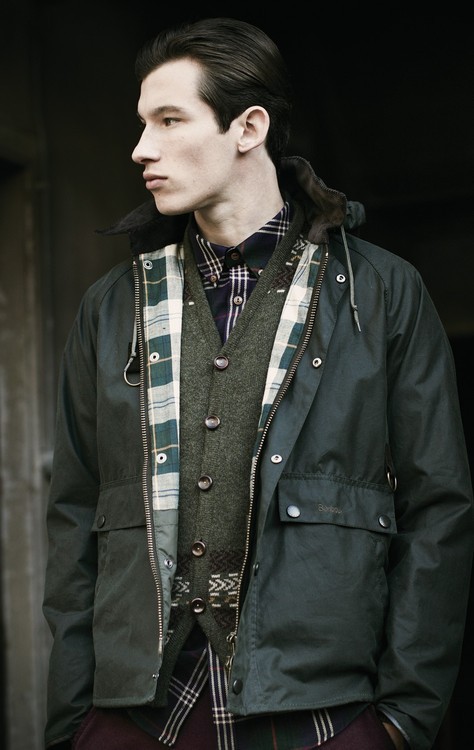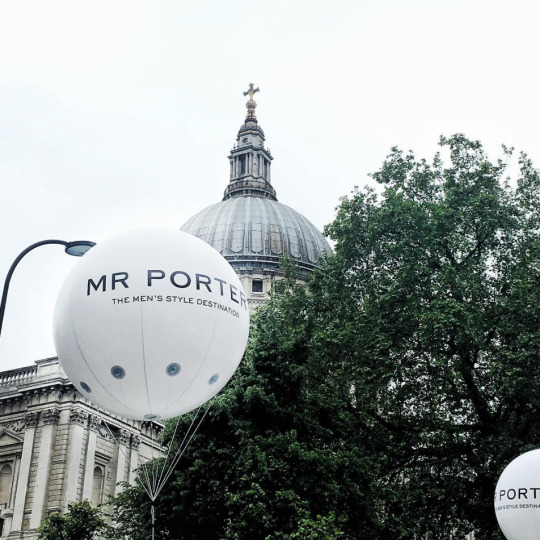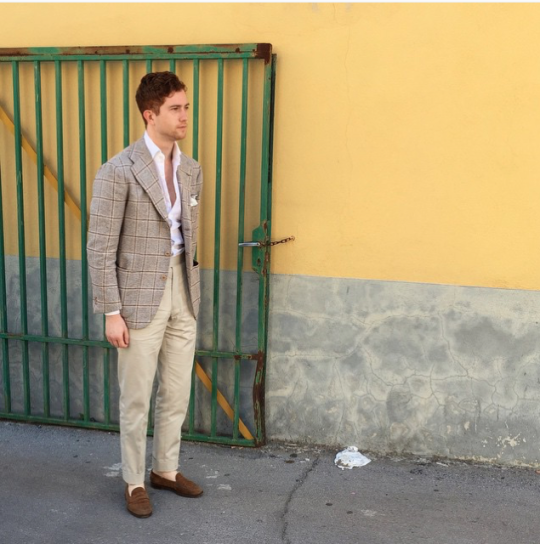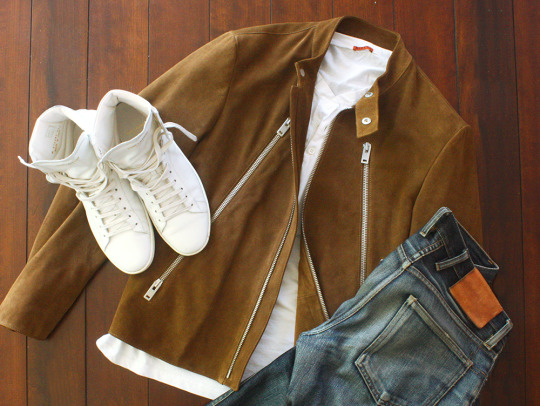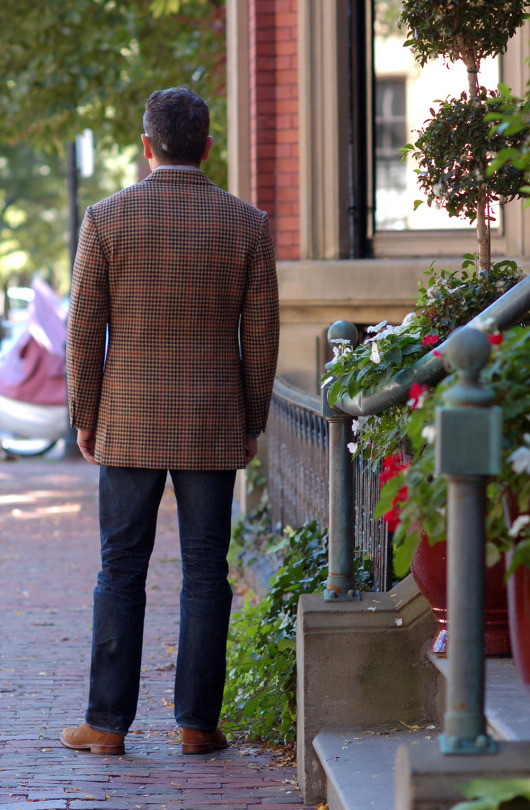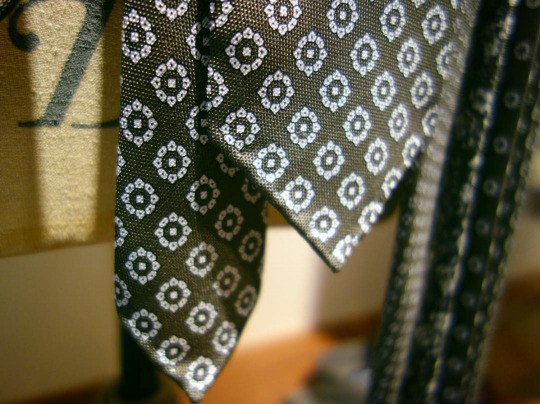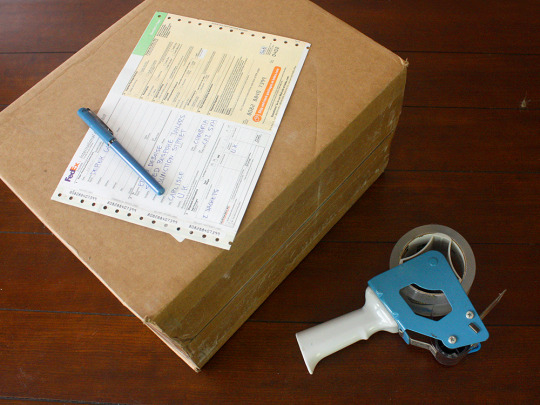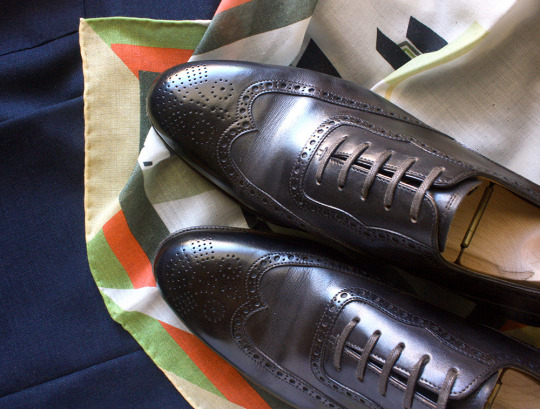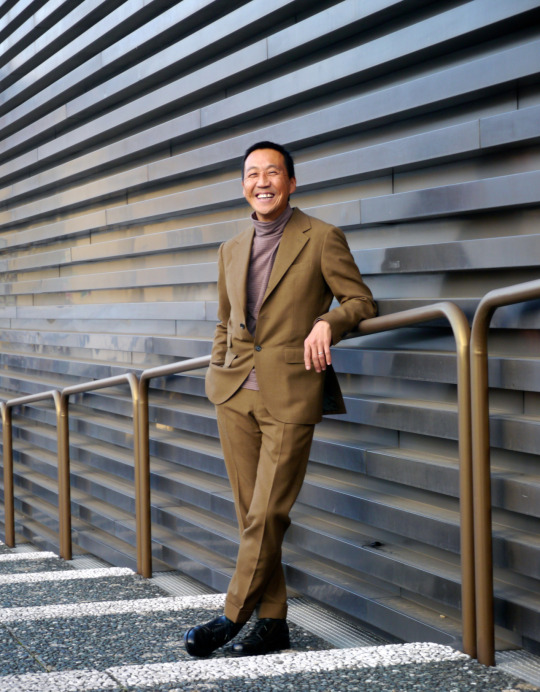
Pitti Uomo is happening this week. The bi-annual menswear tradeshow is mostly a place where brands and stores meet for their seasonal buys, but in the last few years, it’s also become into a jostling peacock event. Street style photographers descend on the show to take pictures of the more extravagantly dressed men – and some attendees couldn’t be happier to oblige. I can’t tell if the guys dressed like Dick Tracy villains look like that in everyday life or if it’s just a show for internet attention.
In the sea of bad, however, there’s often some good. The key, I think, is finding the right photographer. One of my favorites is Maxime Tormen, a former tailor at Sartoria Ripense who shoots street style photos in his free time. His blog, Neo Retro Style, doesn’t have the kind of post-processing you see on other style sites (e.g. saturated colors pumped up to 100), but in some ways, that only makes his images more relatable.
For guys who visit style blogs often, a lot of faces here may be familiar: bespoke tailors Edward Sexton, Antonio Panico, and Kotaro Miyahira; designer Yasuto Kamoshita (pictured above); and store owners Mark Cho, Simon Righi, and George Wang. I think Tormen also has some of the best photos of Our Mystery Man (who turns out to be Noboru Kakuta, although little else is known about him).
Keep reading

